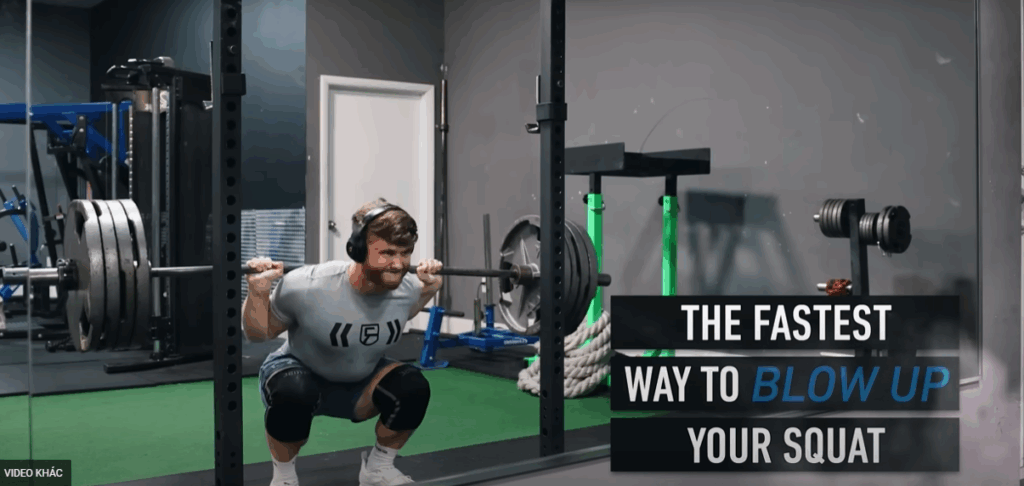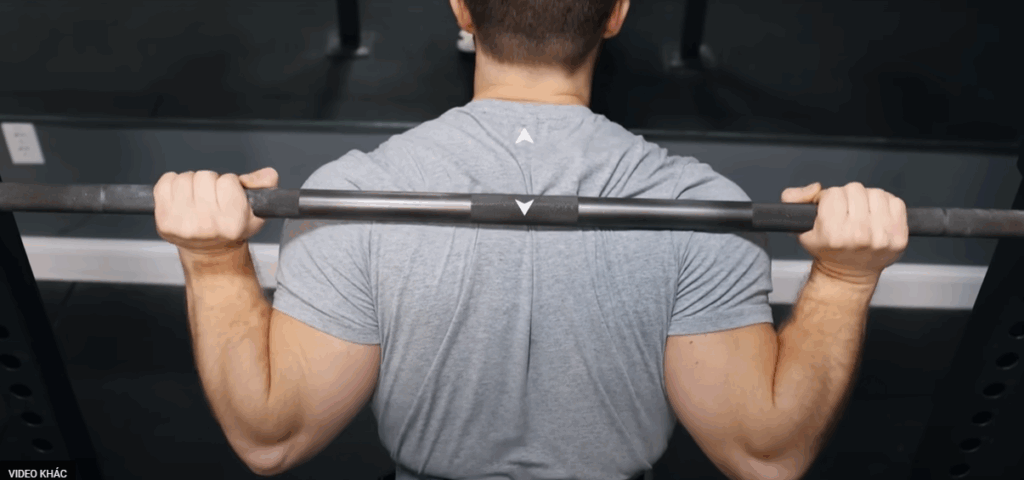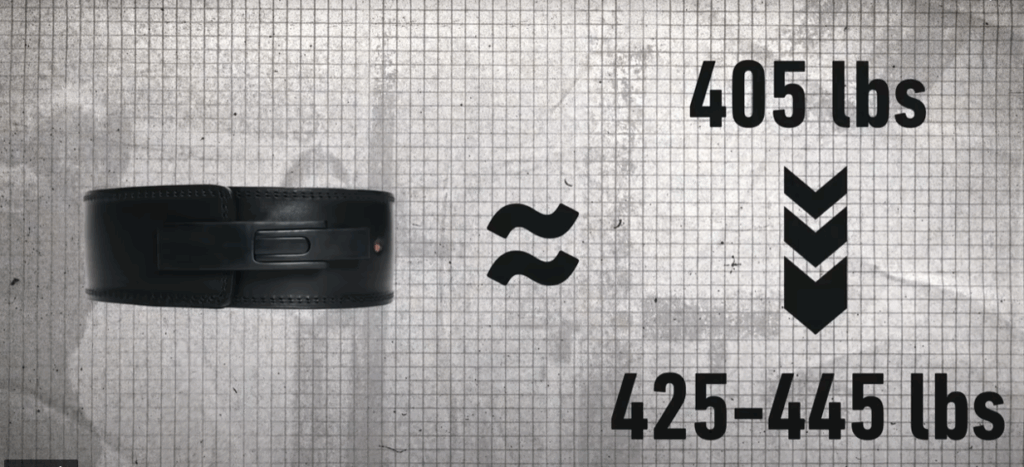4 Science-Backed Ways to Instantly Improve Your Squat Strength
When it comes to building strength and muscle, most lifters know that there are no magic shortcuts. Consistency in training, proper nutrition, and smart recovery habits form the foundation. But if your squat numbers have been stagnant, there are specific research-supported methods you can implement right away that could lead to fast improvements—no matter your experience level.
Here are four advanced strategies that go beyond the basics and can help unlock new squat PRs.

1. Supercharge Your CNS with Neural Priming Techniques
To lift heavier, your nervous system must be ready to handle the load. That’s where neural priming comes in. This approach doesn’t build muscle directly, but it “wakes up” your motor units and boosts confidence under heavy loads.
Heavy Walkouts are one of the most effective drills for this. Simply load the bar with 95%–105% of your one-rep max, unrack it, stabilize, brace hard, then walk it back in—without squatting. This overload conditions your upper back and core to handle heavier weight than you’re used to. It’s like warming up with a weighted bat in baseball—when you return to a normal load, it feels much easier.
Another useful variation is the Pin Squat. Here, the bar starts resting on safety pins at the bottom of your squat depth, and you begin the lift by pushing upward. Since most squats start with a descent, pin squats help remove the psychological barrier of failing on the ascent. Begin with moderate loads and pins set above parallel, then slowly work toward full depth over time.
These drills, performed occasionally—about once every couple of weeks—can boost your confidence and get your nervous system better prepared to handle max-effort sets.
2. Refine Your Technique for a Stronger, More Efficient Squat
Many lifters stick with the squat style they first learned. But small changes in bar placement, stance width, or squat depth can result in noticeable strength increases.
Bar Placement: Most lifters use a high-bar position, but shifting to a low-bar squat—where the bar sits slightly lower on your rear delts—can allow you to lift 5–10% more weight. This position reduces range of motion slightly and engages more of the posterior chain. While it takes time to master, the strength payoff is often worth the adjustment.
Squat Depth: There’s no one-size-fits-all depth. If you’re a powerlifter, you need to meet the standard of breaking parallel. But for general strength and size, you may find better performance stopping just below parallel, especially if deeper squats compromise your form or cause discomfort. On the other hand, some lifters get better drive and power from going deeper, taking advantage of the stretch-shortening cycle, which provides more rebound at the bottom of the lift.
Stance Width: Widening your stance by just a few inches can improve leverage and reduce stress on the lower back. A slightly wider stance with toes flared can also boost adductor involvement and improve stability. Experiment with small adjustments and see what stance allows you to move weight more efficiently.

3. Use Strength Gear Properly (or Consider Adding It)
You don’t need specialized gear to get strong, but the right tools, when used correctly, can give you a legitimate performance edge.
Weightlifting Belt: A quality lifting belt helps you create greater intra-abdominal pressure, which stabilizes the spine and reduces energy leaks. But it only works if you use it actively—brace your core outward in all directions against the belt. When used effectively, a belt can add roughly 5% to your squat, especially on heavier sets.
Knee Sleeves: While more subtle in effect, knee sleeves provide compression and warmth, and the bunching behind the knees can give a slight rebound out of the hole. They also enhance perceived stability, which may improve performance. Studies suggest a potential 2–5% boost in squat strength with their use.
Lifting Shoes: Shoes with flat, solid soles (like Chuck Taylors or Vans) are better than cushioned runners. If ankle mobility is an issue, a raised-heel squat shoe can improve depth and posture, particularly for high-bar or Olympic-style squats.
If you’re on a budget, prioritize a belt first. From there, experiment with sleeves or lifting shoes depending on your needs.
4. Track Progress with Regular PRs (Tailored to Your Level)
No squat program is complete without clear progress markers. But how often you aim for a personal record depends on your training experience.
Beginner Lifters: In your first 3–6 months of structured training, you should be able to add weight to the bar every week. Choose a target rep range—like 5 reps—and aim to add 5 lbs each session. This style is called linear progression, and it’s ideal while your body adapts quickly to training.
Intermediate Lifters: Once progress slows, it’s time for double progression. Select a rep range (say, 4–5 reps) and alternate between increasing reps and adding weight. One week, perform 4 reps at a given weight; the next week, aim for 5 reps. Then bump the weight and return to 4 reps. This slower but sustainable method allows for continued strength gains.
Advanced Lifters: At this level, progress is less linear. PRs might only occur every few weeks. But it’s still crucial to set clear markers. For instance, in a powerbuilding program, you might work up to a top set at a near-max RPE every other week, then aim to beat that weight by the end of a 10-week cycle. Even if you’re not hitting new PRs frequently, consistently improving form or performing the same weight with lower effort still counts as progress.

Final Thoughts
Improving your squat isn’t just about training harder—it’s about training smarter. By implementing neural priming drills, refining your technique, utilizing supportive gear correctly, and following structured progression models, you can unlock strength gains more efficiently and with greater longevity.
Whether you’re chasing a 300-pound squat or eyeing 500+, the key is to combine intelligent training methods with consistent effort. Keep fine-tuning, stay patient, and the results will follow.



